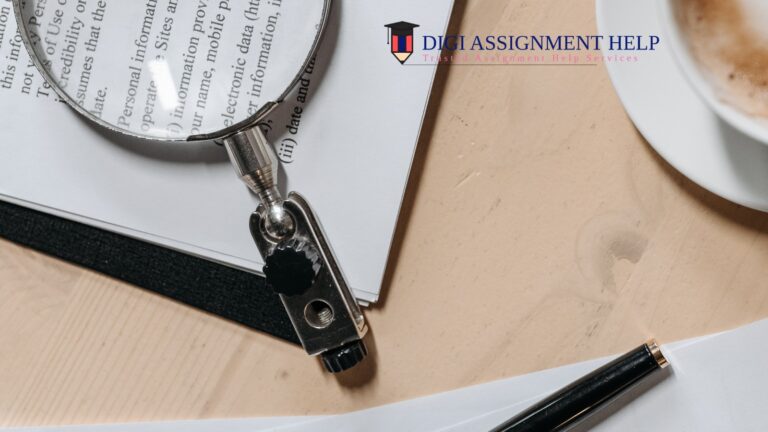Students always think that writing a great essay is not easy. Essay writing is a great skill, it takes nothing but your answers to the questions. If you can achieve that with the proper structure and appropriate words, you will likely get good marks.

Step-by-step guide to writing a winning essay
Introduction
An interesting introduction grabs the audience’s attention right from the beginning and keeps them engaged in your content throughout the essay.
- Defining the important concepts in your essay
For example, “Discuss the extent to which humans use negative feedback and feed-forward mechanisms to control movement (2012).”
The keywords are ‘negative feedback’, ‘feed-forward’, and ‘movement’. Once you understand the question and get the key concepts, you must define them.
‘Movement is vital for survival. It allows us to run away from predators and run toward our prey, allowing us to survive long enough to reproduce and propagate our genes. Negative feedback provides an automatic response to restore a change from a set value. Humans utilise both negative feedback and feedforward mechanisms to control movement. Feedforward provides a mechanism to predict future changes and respond to them in advance based on current sensory input. ‘
When you define a key concept like this, it will immediately convey the message to the examiners. Examiners know what is going on and they can decide what is important.
- Outlining the essay
Outline what your essay is going to cover and what the argument is going to be. This is often given the least importance by the students. However, this is an important step to set the stage for the examiners.
Use one sentence to convey your main message and the second sentence to talk about the key points going to cover, which is going to lead the examiner to the overall message.
‘Feedforward mechanisms are used for rapid movement, whilst negative feedback is used for slower, automatic movement. This essay will cover the movements utilising feedforward mechanisms, negative feedback, and those utilising both.
Main Body
This can be very tough for many. It involves overlooking the big picture and general ideas, as well as a lot of details. It is quite important to plan and outline the key points. Select your best three key points and focus only on them. Dedicate one paragraph to each key point.
- Key points
The best way to set these paragraphs is to use a sentence to convey the key point.
‘Feedforward is used for rapid movement’
- Evidence
The second sentence should be the inputs and evidence that backs up your point in the first sentence.
‘This is shown by its importance in vestibular-ocular reflexes where the eyes move equal and opposite to the head by predicting the change needed.’
You have not only made the key point but also used scientific evidence to add substance to the point that you made.
- Critical Analysis
In your third sentence, critically analyse that piece of evidence. Essentially talks about how good was the study that led to the evidence, whether was it valid, whether was it reliable, and also checks whether that can be improved.
‘This has been shown consistently in several studies that have measured eye position using laser-camera technology.’
- Relate to the question
The final sentence of your paragraph should always relate to the question
‘This therefore shows feedforward mechanisms are utilised widely in rapid movements.
The first and last sentences are the most important ones which form the periphery of the main topic, the scientific and the critical analysis are the ones that fill the data and the substance within. Following these steps will form a perfect paragraph. Similarly, make the other paragraphs also with other key points that you identified. Examiners will love this structure.
- Additional Ideas
Diagrams
You can use some catchy diagrams, which go very well with the topic. This immediately catches the audience’s attention and also helps break the monotony of the sentences. Some think that it will be time-consuming or that may not fetch any points. However, that’s not true. Diagrams can be made pretty quick, also as people say, pictures talk many words; this will help the assessor to get your topic quickly and there are high chances of your content standing out in the essays submitted by others.
Active subheading
These are essentially summarising the content in that paragraph. Fixing that right at the beginning kindles the interest of the examiner by telling the story in a nutshell. This sets the stage and tells them what to expect in the following paragraph.
Conclusion of the essay
The final aspect of the essay is to summarise the whole content and give a verdict, which is a grown-up version of the introduction. At this phase, examiners would have read the essay along with the evidence of the topic, and you can directly go to the crux of the problem and the solution to it.
Conclusion
Writing the best essay and scoring well is easy if you know the basic structures and where and how to place your answers with evidence to the questions.
Digi Assignment comes in handy to help you write a winning essay by giving you proper step-step guidelines.



